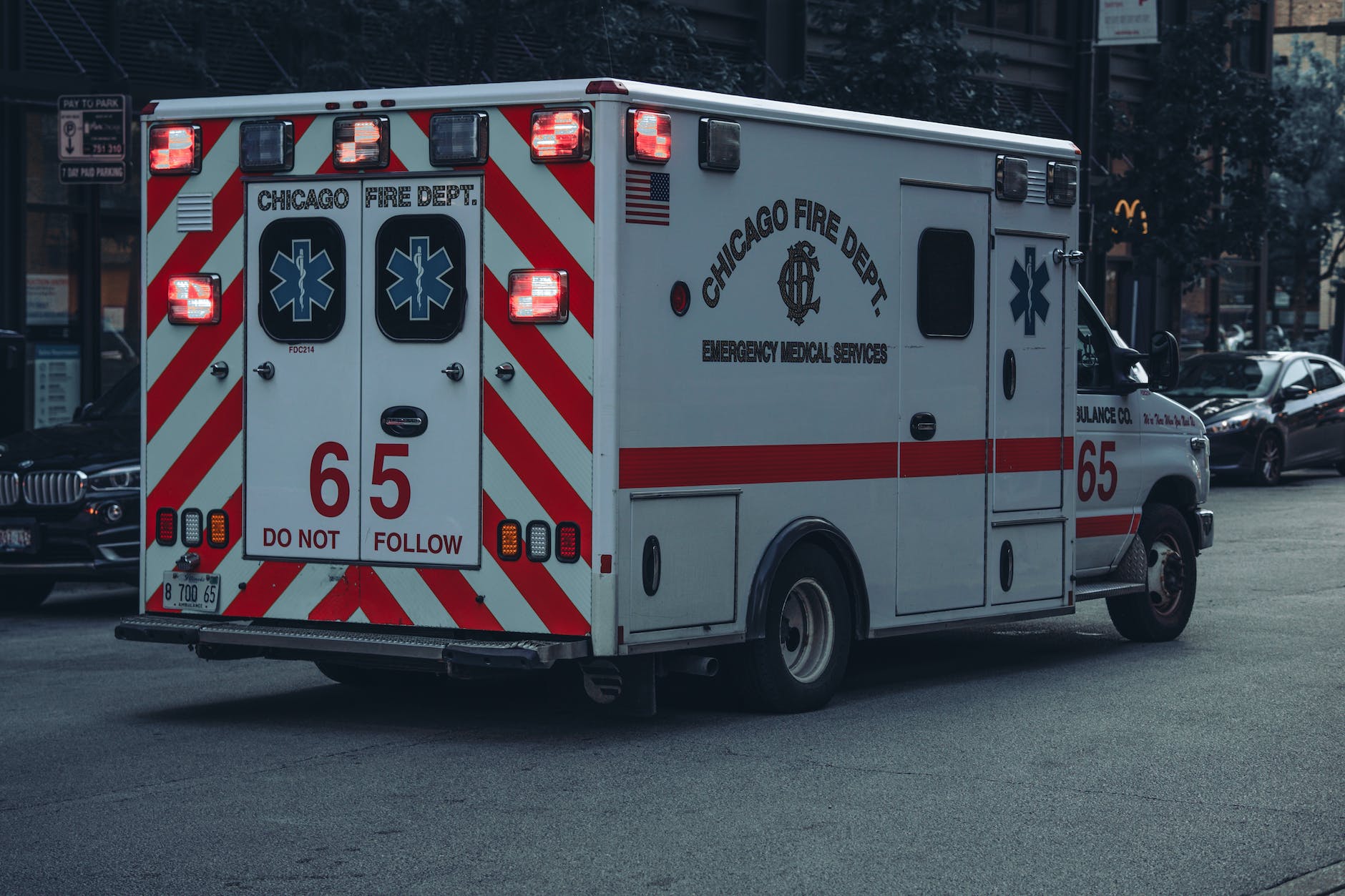
Emergency Response Procedures at Workplace Sites: Ensuring Safety and Preparedness
In today’s fast-paced world, workplace safety is paramount. Every organization must have well-defined emergency response procedures in place to ensure the safety and well-being of its employees and visitors. This article will delve into the essential aspects of emergency response procedures at workplace sites, highlighting the importance of preparation, communication, and swift action.
Introduction
Imagine a workplace where everyone knows exactly what to do in case of an emergency – whether it’s a fire, a medical crisis, or a hazardous material spill. This level of preparedness doesn’t happen by chance; it’s the result of carefully crafted emergency response procedures.
The Significance of Emergency Response Procedures
Emergency response procedures are a comprehensive set of guidelines that outline the actions to be taken in various emergency situations. They ensure that everyone, from employees to management, can act swiftly and decisively when seconds count the most.
Developing a Comprehensive Emergency Plan
Creating a well-thought-out emergency plan involves a systematic approach. Begin by assessing potential risks and vulnerabilities within your workplace. Identify potential hazards and their possible outcomes to tailor your plan accordingly.
Role Assignments and Responsibilities
During emergencies, defined roles can make all the difference. Designate responsibilities for individuals or teams, such as first aid responders, evacuation coordinators, and communication liaisons. This clarity prevents confusion and ensures a smooth response.
Establishing Communication Protocols
Effective communication is vital in emergencies. Utilize multiple channels to ensure information reaches everyone. Whether it’s alarms, intercoms, or messaging apps, establish protocols for quick and accurate dissemination of information.
Conducting Regular Drills and Training
Practice makes perfect. Conduct regular drills to familiarize employees with emergency procedures. Simulate various scenarios to test the effectiveness of your plan and identify areas for improvement.
Addressing Medical Emergencies
Medical crises can occur unexpectedly. Train designated personnel in first aid and CPR. Keep well-stocked first aid kits accessible, and ensure that employees know where to find them.
Dealing with Fire Incidents
Fires can spread rapidly, making fire response drills crucial. Highlight evacuation routes, assembly points, and proper usage of fire extinguishers. Regularly inspect fire suppression systems and alarms.
Handling Hazardous Material Spills
For workplaces dealing with hazardous materials, spill response procedures are vital. Establish protocols for containment, clean-up, and notifying relevant authorities to prevent environmental damage.
Evacuation Procedures and Safe Assembly Points
During evacuations, chaos can reign if there’s no plan in place. Clearly mark evacuation routes, exits, and safe assembly points. Regularly practice evacuations to ensure everyone knows where to go.
Incorporating Technology in Emergency Response
Modern technology can enhance emergency response. Use emergency notification apps, automated alarms, and digital communication tools to quickly reach everyone in the workplace.
Collaboration with External Services
Sometimes, emergencies require external expertise. Establish connections with local emergency services like fire departments and medical facilities. Their support can be invaluable in critical situations.
Ensuring Accessibility and Accommodation
Consider the needs of all employees, including those with disabilities. Make sure emergency procedures are accessible and inclusive. Assign buddies to employees who might need assistance during evacuations.
Continuous Improvement of Emergency Procedures
Emergency response procedures are not static documents. Regularly review and update them based on changing workplace dynamics, feedback from drills, and lessons learned from real incidents.
Conclusion
In a world filled with uncertainties, having robust emergency response procedures in place is a non-negotiable. A well-prepared workplace can minimize risks, protect lives, and ensure business continuity. By prioritizing safety and adopting a proactive approach, organizations can create a secure environment for everyone.
FAQs
- What is the first step in creating an emergency response plan? Start by assessing potential risks and vulnerabilities within your workplace to tailor your plan accordingly.
- How often should emergency drills be conducted? Regular drills should be conducted at least twice a year to ensure everyone is familiar with the procedures.
- Are there legal regulations regarding workplace emergency preparedness? Yes, many countries have regulations that mandate workplaces to have emergency plans and conduct drills.
- What role does technology play in modern emergency response? Technology enhances communication and notification, ensuring a faster and more coordinated response during emergencies.
- How can employees be trained to provide first aid during emergencies? Designate personnel for first aid training and CPR courses. Keep well-equipped first aid kits accessible and promote awareness.
























